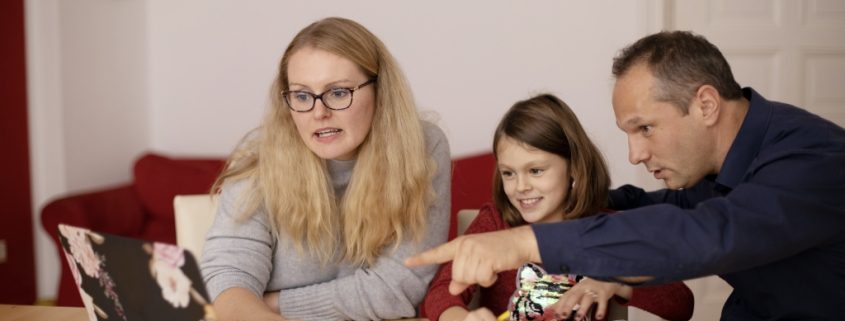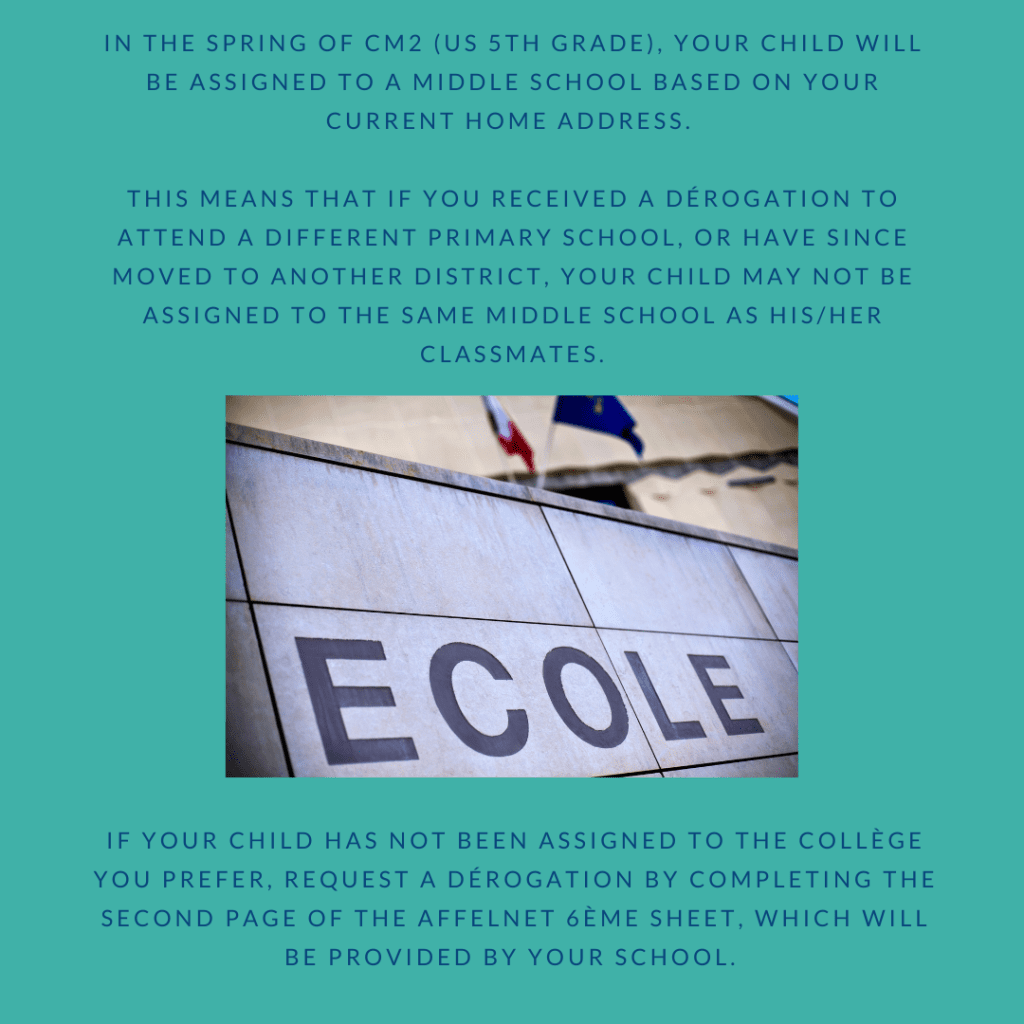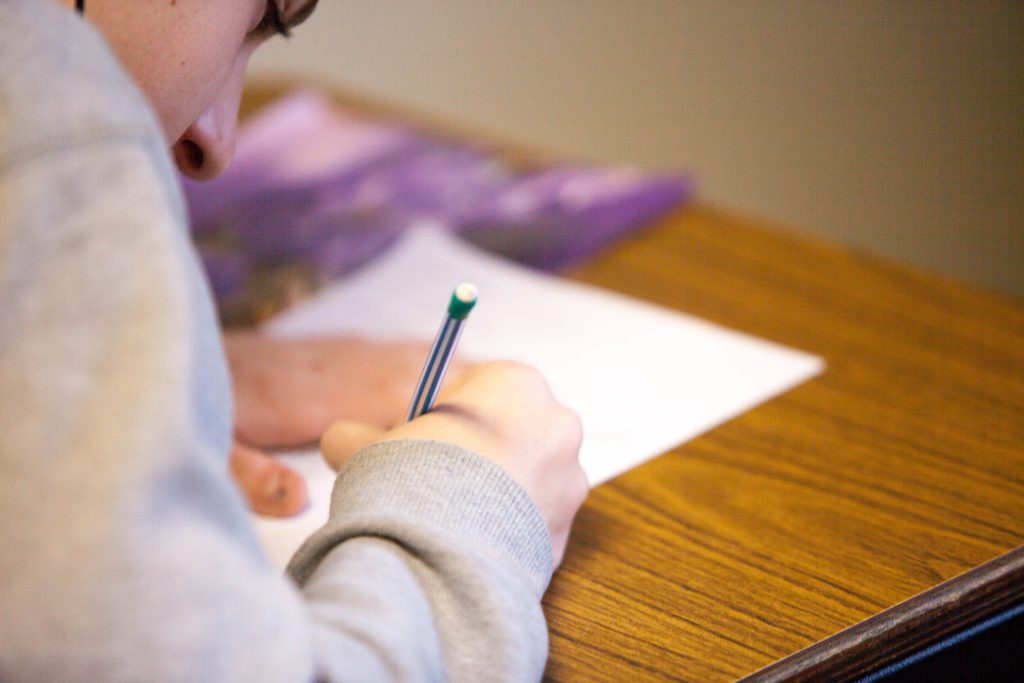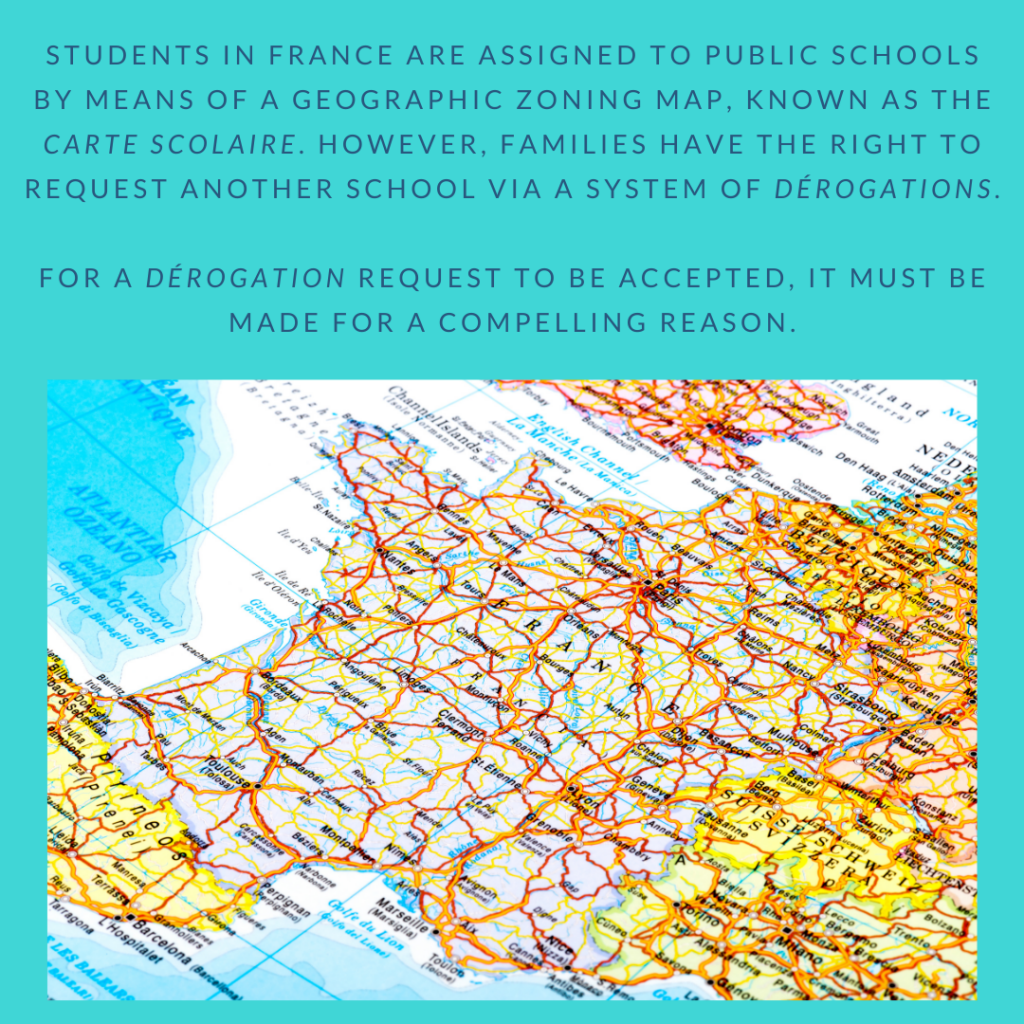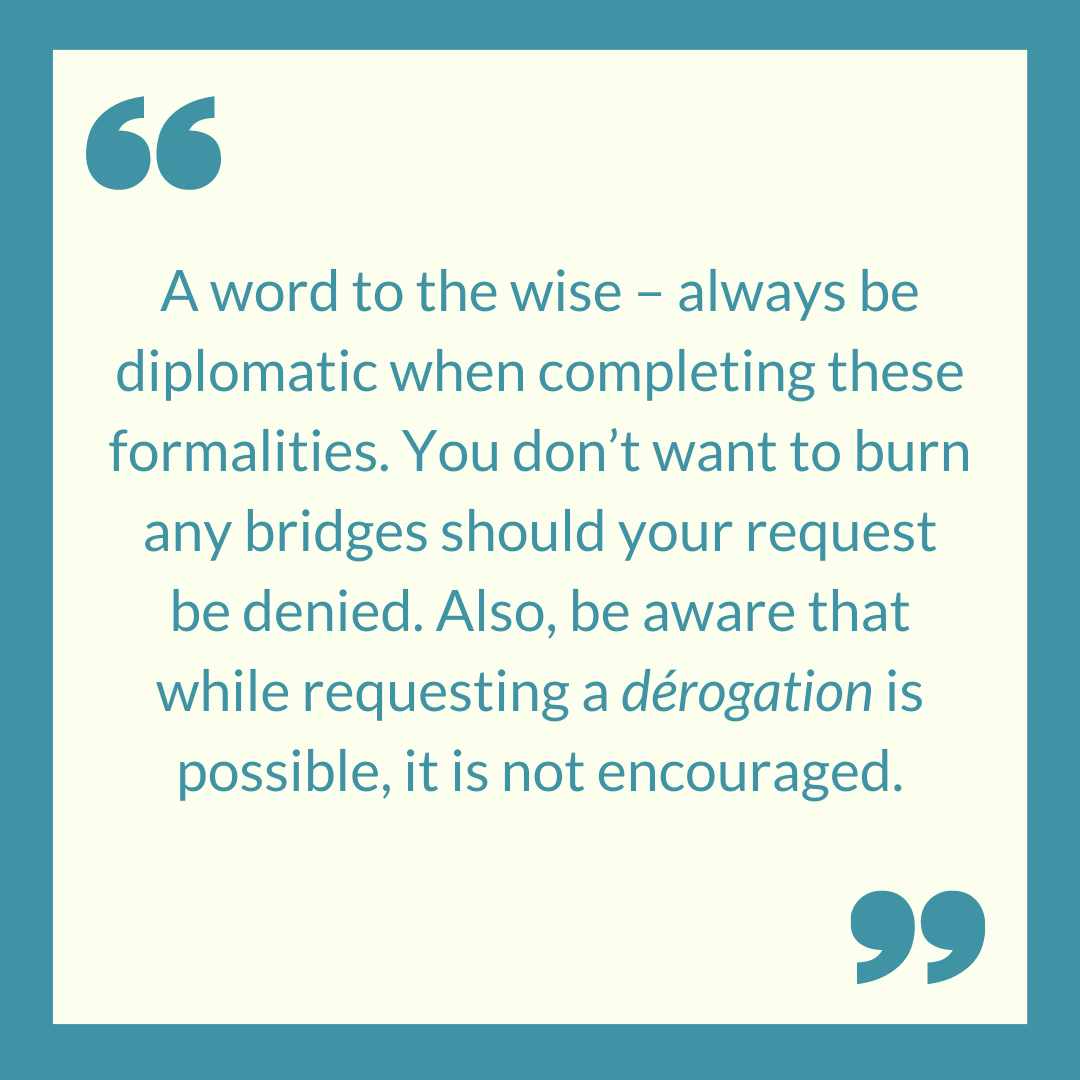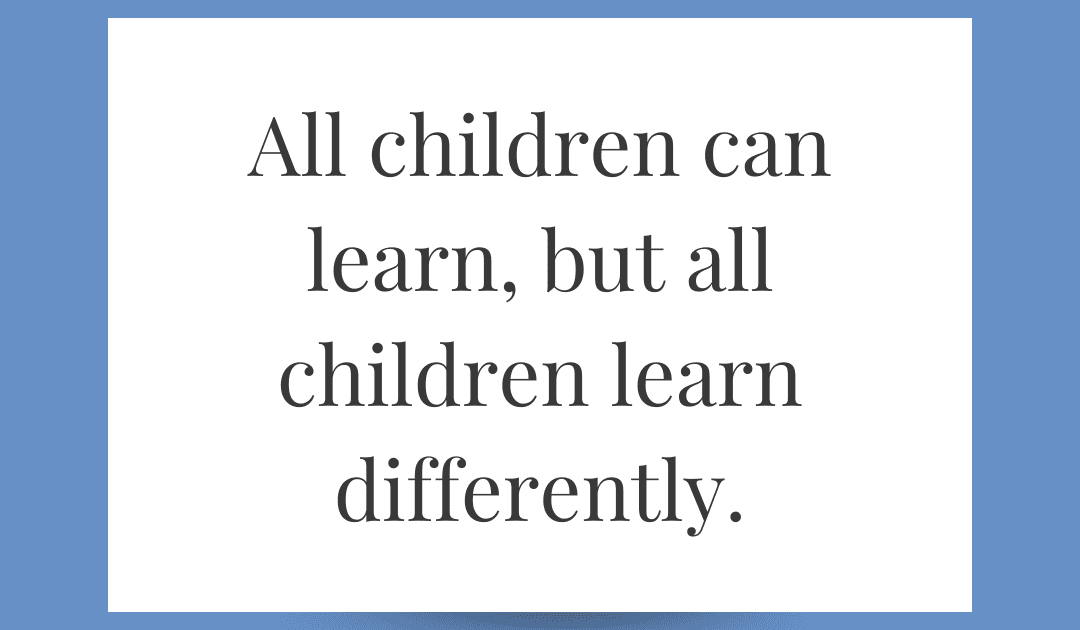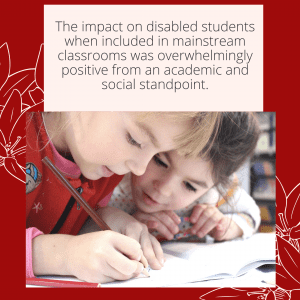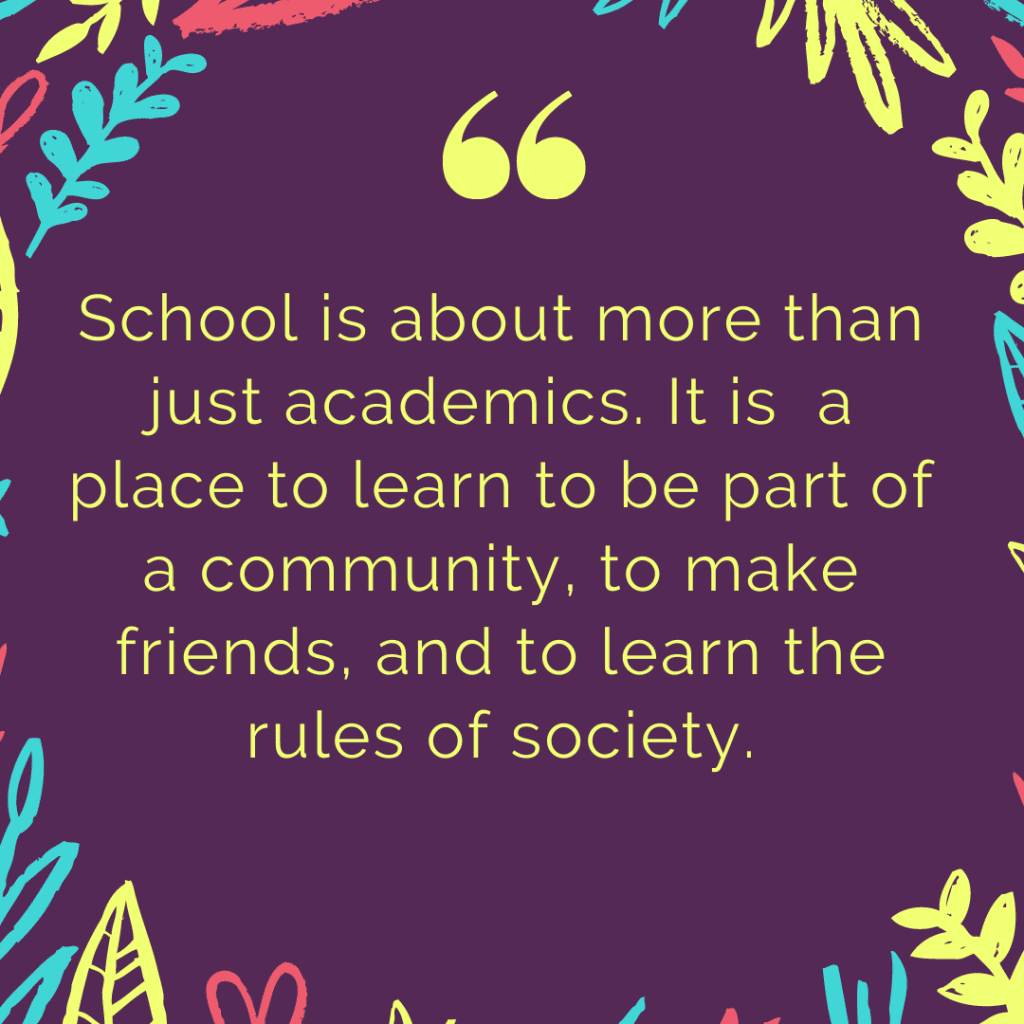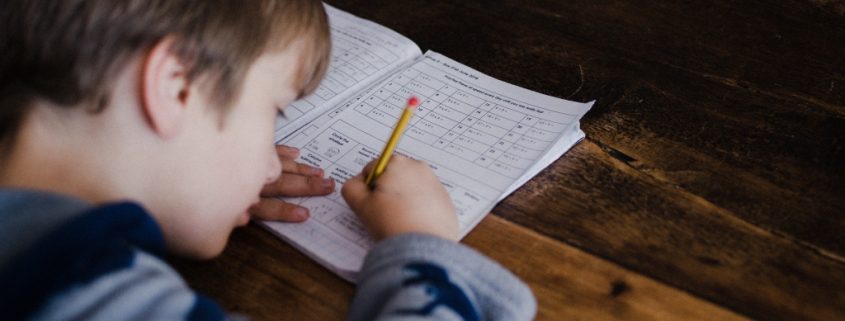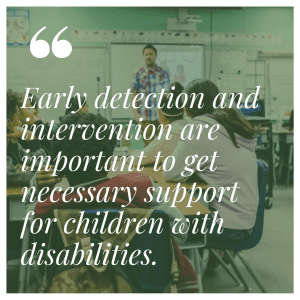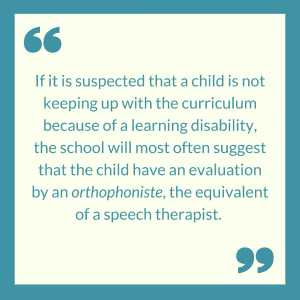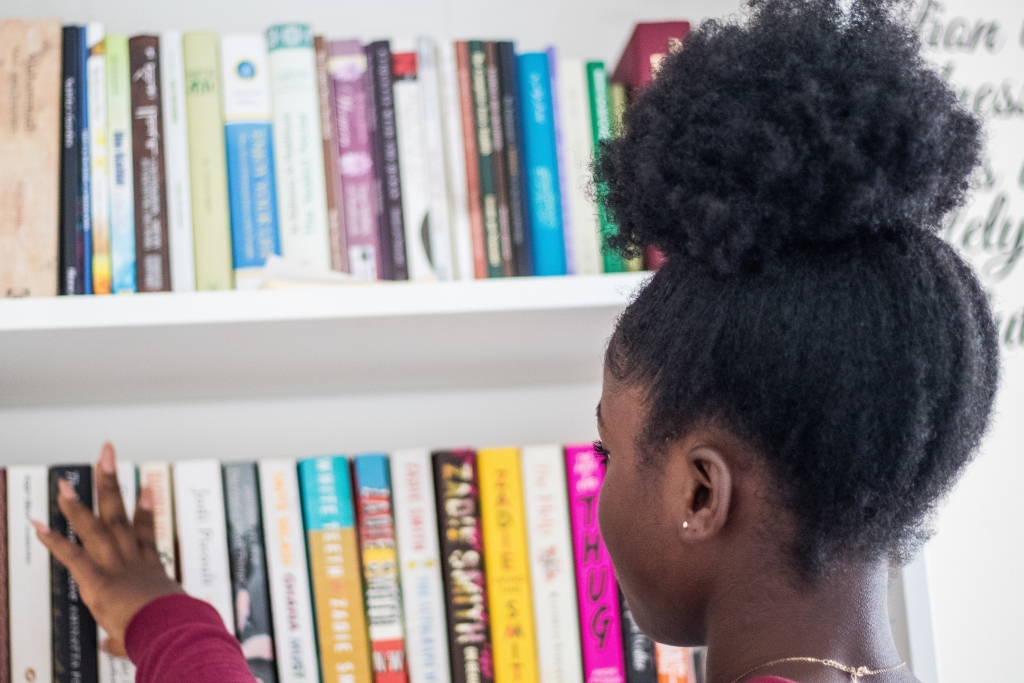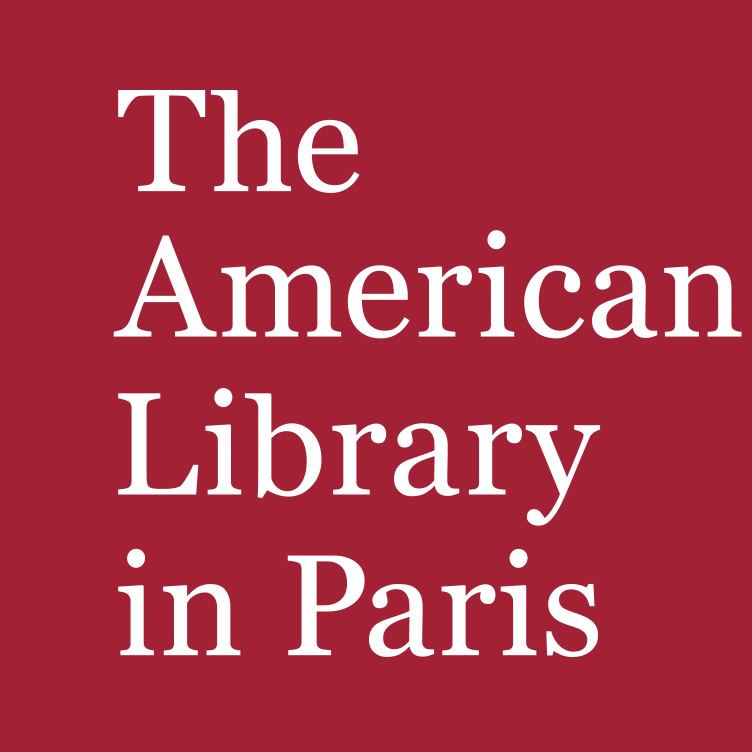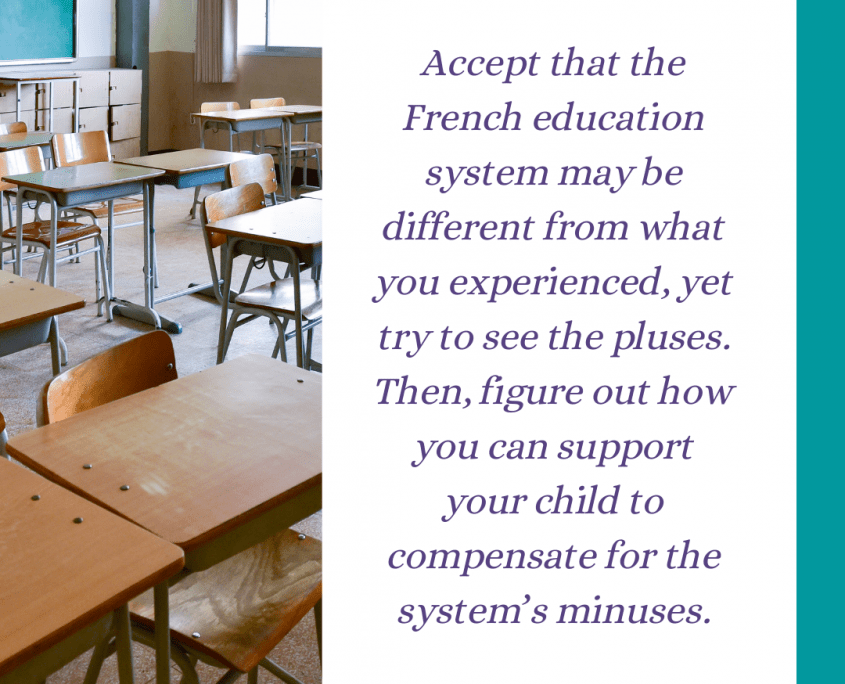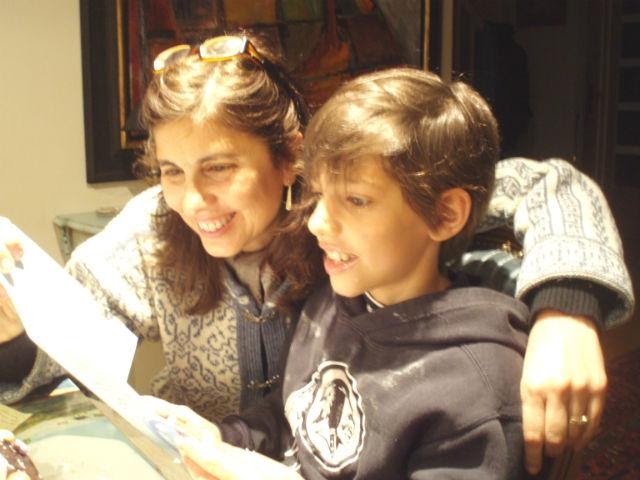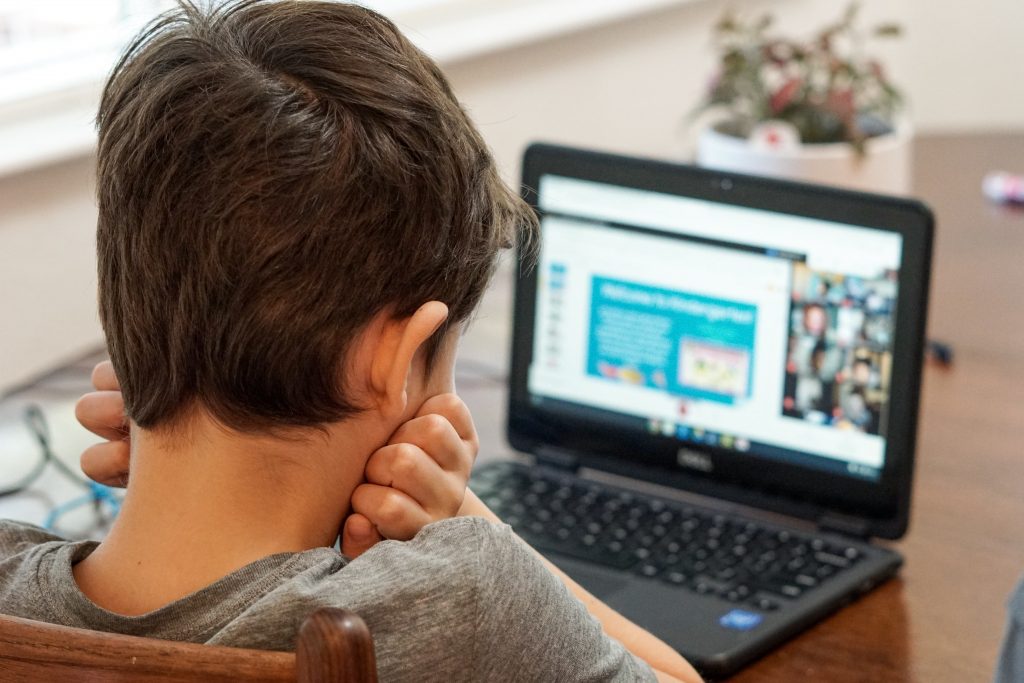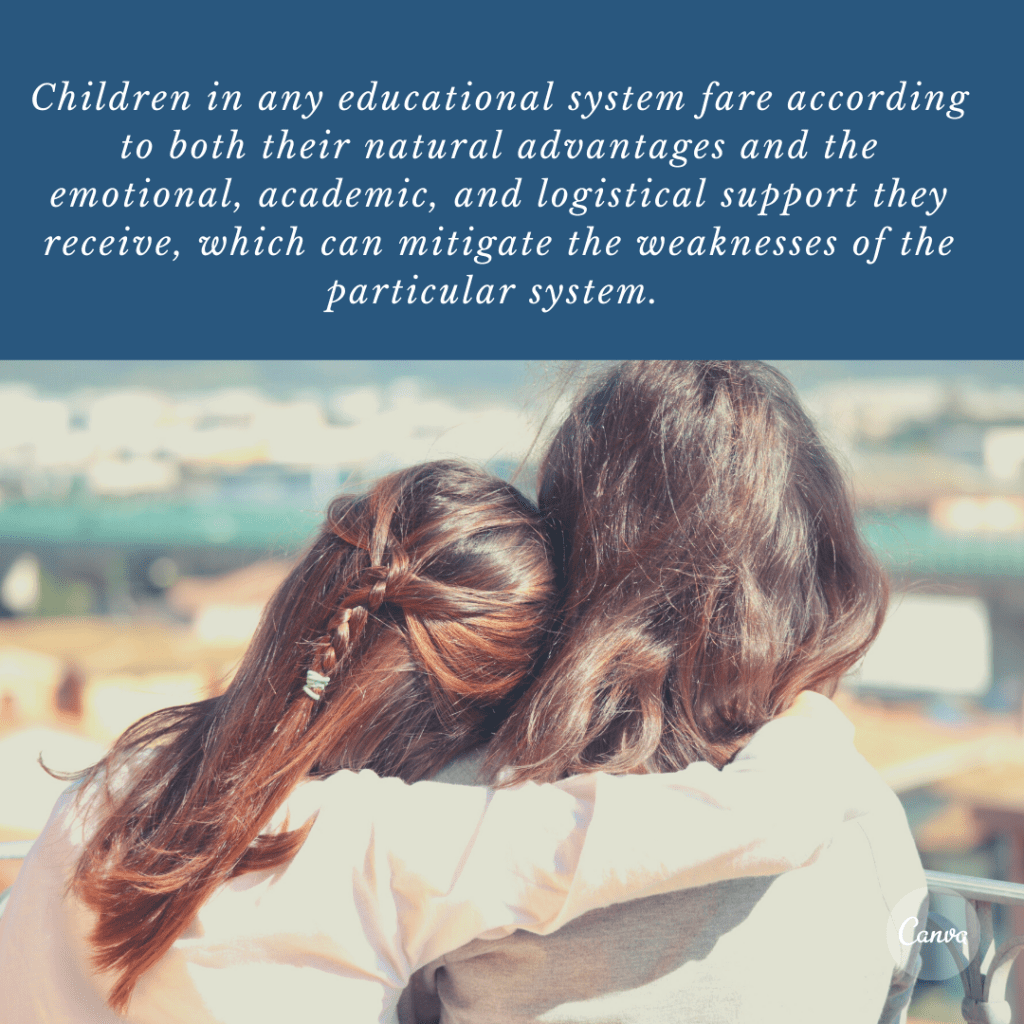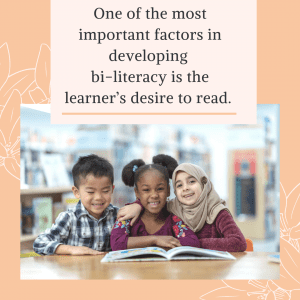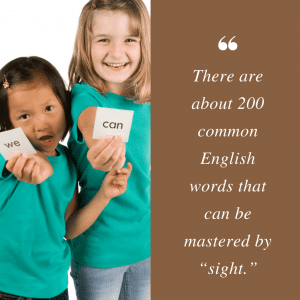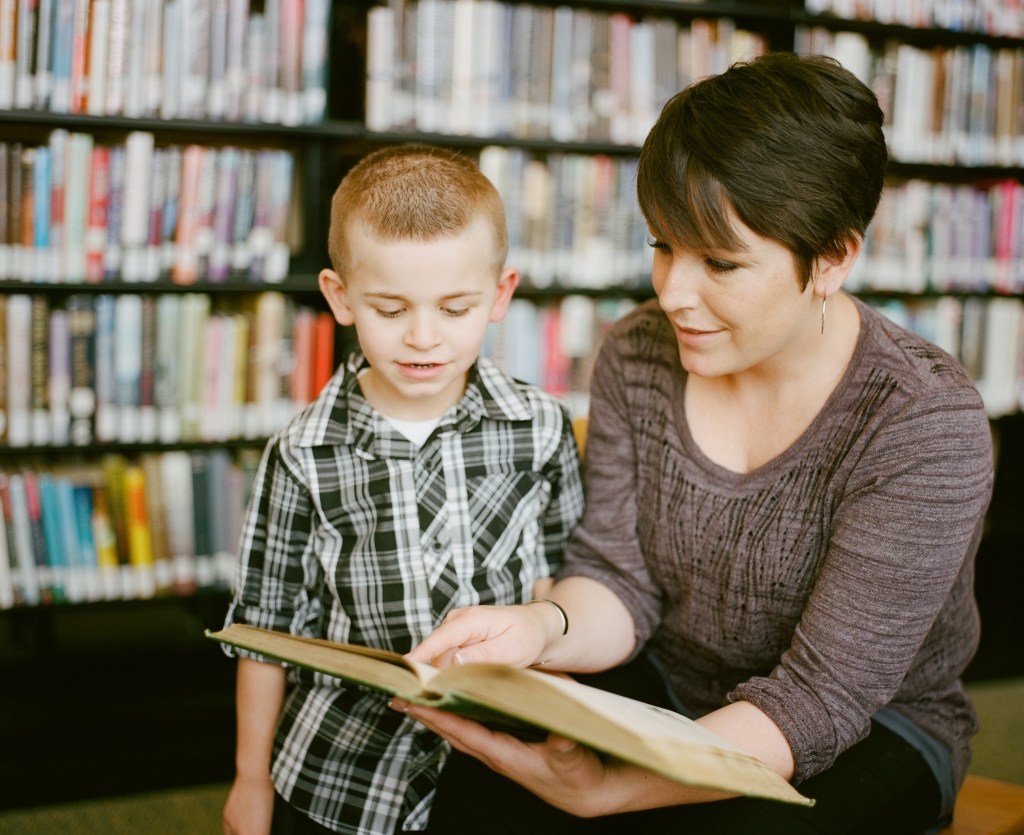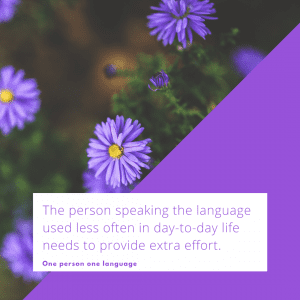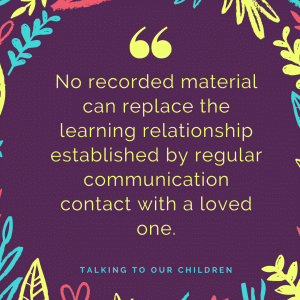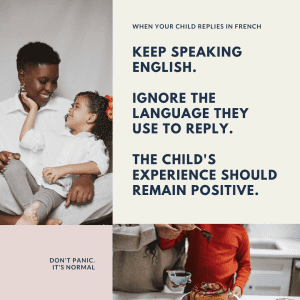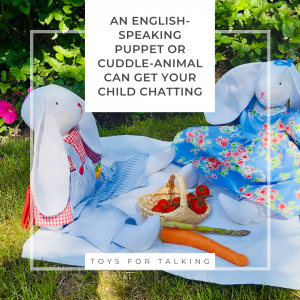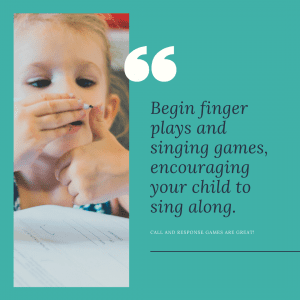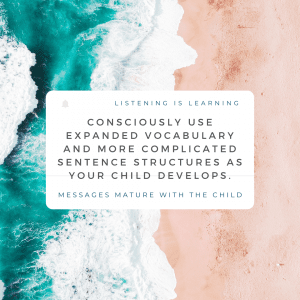A History of the French Baccalauréate Exam

Any attempt to understand the French Baccalauréate (Bac) and the near mythic status it holds on the French national conscience should begin with a quick look at its long, illustrious history. Established in 1808 under Napoleon Bonaparte as part of his plan to make French society more egalitarian, the Bac, as it is often called, was designed to provide universal opportunity to anyone who possessed the talent and intellectual prowess to pass its rigorous exams. It’s no accident that it was developed in the wake of the French Revolution, and it also reveals important lessons that Napoleon himself acquired during that tumultuous period of French history.
But first, let’s go back to the Revolution itself and what occurred in France, particularly during the Reign of Terror under Maximilien Robespierre. Robespierre – himself a distinguished graduate of the prestigious Lycée Louis Le Grand – understood the role of educating the young to solidify the hard-won lessons and achievements of the Revolution. Only through teaching the younger generations about the glory of the Revolution, Robespierre reasoned, could this momentous period of French history take permanent hold of the national conscience.
For this reason, Robespierre created a national curriculum, which oversaw the education (others would say indoctrination) of French schoolchildren in the accomplishments of the French Revolution. Teachers were issued the 18th-century equivalent of lesson plans, with text and instructions on how to impart to young children the glories of the Revolution and the great changes it had wrought. Ultimately, the purpose was to keep alive the ideals of the Revolution, to perpetuate them from generation to generation.
Robespierre may not have survived the Revolution, but his idea of a national curriculum did. By the time Napoleon Bonaparte became emperor, Robespierre’s initiative, along with Bonaparte’s personal experience during the Revolution, inevitably led to the creation of the Baccalauréate.

It was through having played a key role in the Revolution and witnessing several key events that the future leader of France came to understand how society in general functioned. A fervent supporter of the Revolution, Napoleon saw first-hand the result and the dangers of a stagnant society, the lack of opportunity for social and economic advancement among its more able citizens, along with the need for well-educated military commanders and a contented middle class. In essence, he understood the essential role the middle class played in the creation of a society free of discontent and revolutionary fervor. After all, wasn’t the legacy of the Revolution the abolition of the monarchy, the aristocracy and inherited privilege? The basis for a happy, productive society, Napoleon reasoned, was the chance for social advancement – most particularly, for those deemed eligible and worthy of it – and it was this thinking that translated into affording people the opportunity to access the middle class. Such access would help in the creation of a truly happy, secular society – giving hope and opportunity to anyone who wished to set their mind to it. Family connections and birthright had no place in this new society – rather, it was through merit and hard work that anyone, regardless of upbringing or social status, could nurture the dreams and aspirations of a better life.
The subsequent creation of a national system of education and the Bac quickly followed. With nation-wide standards setting educational objectives, and a national exam to gauge knowledge of those objectives, France was on its way to creating an egalitarian society with access to the kind of opportunity that Napoleon had envisioned. In line with Napoleon’s vision of creating a meritocracy, the exams are taken à l’anonymat – the name, and identity of the young person taking the exam being masked from the view of the person grading it. What’s more, successful completion of the Bac promised much – guaranteed acceptance to university and with it, advancement up the social ladder.
Today, the Bac still holds this special place in French culture and society, offering the first crucial step to university and social advancement for generations. However, concerns have grown recently over its ability to produce future university graduates, ready to compete in the global marketplace. Citing the fact that the average drop-out rate for first-year students in French universities is 60%, the current French president, Emmanuel Macron, vowed to bring reform to this venerable exam during his presidential campaign. Baccalauréat 2021, created under the direction of the Minister of Education Jean-Michel Blanquer, is the result.
Adrienne W. Covington
Director of the American Section of the Lycée International de St. Germain-en-Laye.
After graduating from from Brown University with a simultaneous B.A. in Classics and an M.A. in Asian History, she spent two years as a metro reporter for the Washington Star, turned down a modeling offer in New York, and moved to Paris as a styliste stagiaire at Christian Dior.
Back in New York three years later working for a menswear designer, she helped her employer win the Coty (the Oscar of fashion). After working with a few more designers in the US and Japan, Adrienne once again changed direction and enrolled at Harvard’s Graduate School of Education. She has taught history in three schools over thirty years, first in New York and then in Paris, finally arriving at her current position as director of the American Section at the Lycée International in Saint Germain-en-Laye.


